Things You Need To Know About Christmas Lights
Thanksgiving has come and gone and families all over the world are busy getting their homes decorated and putting up electric Christmas lights. Christmas lights are a standard outside and inside most American homes.
When it comes to Christmas lights, there are probably many things you don’t know about them. With Christmas just around the corner, we thought it would be a good idea to share some things about Christmas lights that are not so well known, in addition to some energy-saving tips that can help you save money during this upcoming holiday season and well into the future.
Candles were the first Christmas lights. We previously covered the history of Christmas lights, however, it is still worth going over a few interesting facts that you might not be aware of about the tradition of Christmas lights.
Candles were attached to evergreens and used in windows for Christmas celebrations for hundreds of years. It has been claimed by many that the tradition of using candles to light Christmas tree was sparked by Martin Luther during the 16th century in Germany. This was, of course, a big fire hazard. But that was all that they had to use.
In 1882 the very first electric lights appeared on a Christmas tree. Two years later, Edward H. Johnson, Edison’s partner, became the first individual who used electric string lights for illuminating a Christmas tree. Johnson’s Christmas tree was hand-wired with around 80 blue white and red electric lights, which could easily be seen by people passing by.
In 1895 President Grover Cleveland became the first president to have electric lights on the Christmas tree in the White House. In 1889 Benjamin Harrison became the first president to have a Christmas tree at the White House, but it was Cleveland who was the first president to have multi-colored electric lights used for decorating the Christmas tree. That really helped to introduce this idea to the general public. People were still concerned about electricity being dangerous and the possibility that dangerous fumes would get into the house through wires and lights.
It took some time before electric Christmas lights started to be used by average Americans. The first commercial made Christmas lights were produced as strands that had 8 lights and made by General Electric Company (GE). These lights were called “festoons” by GE. By 1900, it was very common for businesses to have lights strung up around their buildings and in their windows. However, most homeowners couldn’t afford outdoor Christmas lights.
Over the years, as Christmas lights started becoming more affordable, they began to make their ways into residential houses. However, even as late as the 1930s, candles were still commonly used on Christmas trees and in windows.
Electric Christmas lights had pretty much become the standard by 1950. After prices became more affordable, candles were replaced by electric lights by families since they were long lasting and safer.
Once electric string lights had become affordable and safe, families began to use them on pillars, doorways, railings, mantles, and along the peaks and eaves of their houses.
Today, it is estimated that around 150 million sets of lights are sold in the U.S. each year. Smithsonian reports that the lights help to illuminate more than 80 million houses and consume around 6% of the country’s electrical load each December.
Candles still cause fires and electric lights continue to be dangerous. It is estimated by the CPSC that over 15,000-holiday decorating injuries take place during the months of November and December.
It is estimated by the NFPA that an average of 200 house fires is started each year by Christmas trees. Lighting or electrical distribution equipment are involved in about 40% (two out of five) Christmas tree home fires.
Excluding Christmas trees, another 840 home structure fires take place over the holiday season. Candles cause over 1/3 of house structure fires that take place during the holiday season. The top three days when candle fires in homes take place are Christmas, New Year’s Eve and New Year’s Day.
You can help to prevent home fires from occurring by inspecting electrical products before they are used, learning basic ladder safety, unplugging Christmas lights before you leave home, and making sure your Christmas tree is kept well-watered. You can recycle your holiday light sets instead of throwing them away. An outdoor lighting Houston professional can provide you with even more lighting tips to keep you and your family safe.
Old Christmas lights can be recycled and you can also look for deals on new LED lights. See if there is a recycling program for Christmas lights at your local home improvement store. Some stores might offer discounts and/or rebates on new Christmas LED lights.
Over the long run, LED lights are cheaper and better. Although the upfront costs of LEDs are higher, they use about 70 to 90% less energy, are more durable, last a lot longer, and less prone to overloading circuits and burning out. Incandescent lights cost about $10 for lighting a Christmas tree over one holiday season. However, LEDs cost only around 25 cents to light a 6-foot Christmas tree for 40 days at 12hours per day. When these savings are multiplied by lighting up your whole house over the holiday season, it becomes a very significant cost savings.
Call or contact Robert Huff Illumination & Outdoor Lighting if you have any questions regarding starting a new outdoor lighting project! Merry Christmas and happy decorating!
